
Smart glasses and augmented reality gadgets are considered the next big breakthrough for wearables - and the early iterations of many spectacles are already here.
Each has slightly different aims, but, in essence, a pair of smart glasses tend to focus on putting useful connected features in front of your eyes. And, as you'll discover in our list of tested picks below, some are more unobtrusive than others in achieving this.
Interestingly, the smart glasses concept is now being developed by both startups and tech giants alike, too, with glasses from the likes of Meta/Ray-Ban, Snap, and Amazon all available to buy.
As this is still a fairly unknown area of wearables, we've done our best to round up only the very top options worth considering right now. Let's dive into our picks.
- Smart glasses in 2023: The state of play
- Meta's AR glasses push: Project Aria explained
- Best audio glasses and sunglasses to buy
What are smart glasses?
When we talk about smart glasses, we're generally focusing on eyewear that has augmented reality technology included.
This merges what you see in the real world with virtual information, and usually overlays this on one of the lenses.
Often, these overlays recreate the kind of screens and features you'd find on your smartphone, like navigation for maps or flashing up notifications.
However, some other smart glasses are a little more basic.
These early iterations of glasses tend to focus on support for smart assistants, music playback, or video capture - and don't really offer any AR technology.
We'll specify these below in our list of tried and tested options.
Best smart glasses you can buy
Below, we'll be highlighting some of the best available smart glasses you can buy in 2023. Some pack AR technology, while others are a little more basic.
Many of them we've tested as part of full reviews or worn during short demonstrations, with some options also in the process of being tested by our in-house team.
Just in: Apple Vision Pro
Apple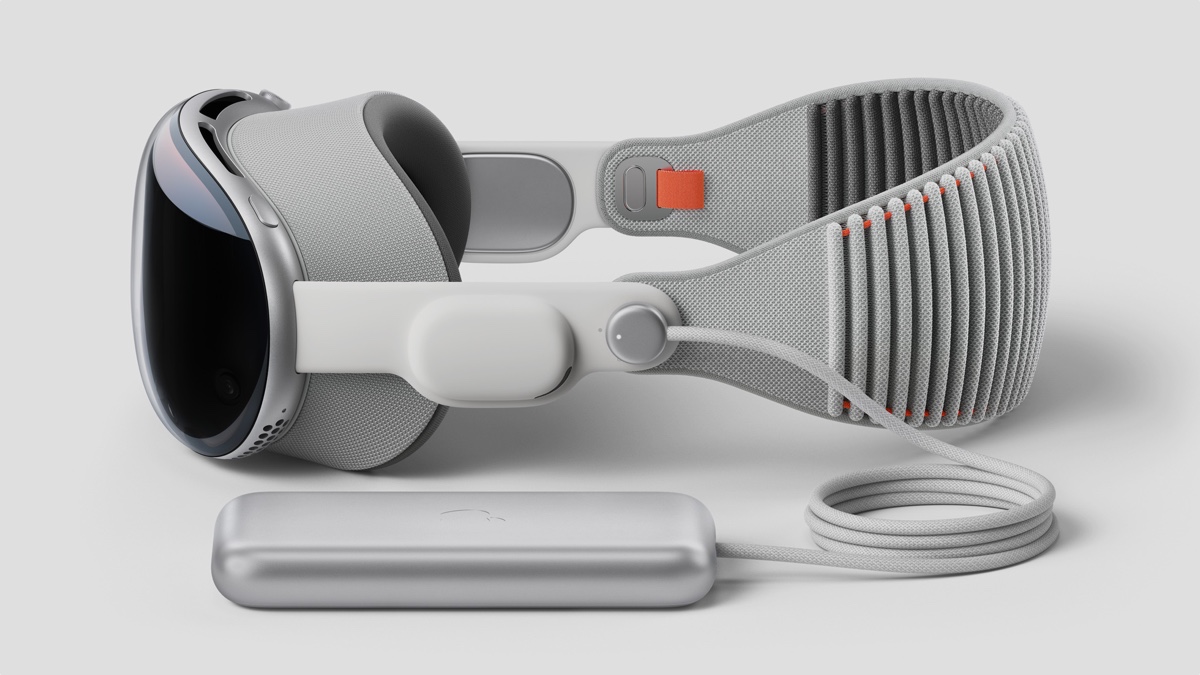
Apple has finally unveiled its new Apple Vision Pro, a headset designed for a truly augmented reality future.
Priced at $3,499, it seems geared towards developers and enthusiasts. Yet, the headset promises groundbreaking advancements in the VR/AR space.
The Vision Pro is sleek, resembling a standard VR headset. The design is lightweight, thanks to Apple's decision to place the battery in a pocket-worn pack. Its design encourages connection with the real world, offering features such as EyeSight which allows interaction with others in the vicinity and even displays a digital projection of the wearer's eyes.
The hardware is equipped with an airflow system for comfort and has modular faceplates for a perfect fit. Technologically, it houses dual Micro OLED panels with 62 pixels per iPhone pixel space, providing visuals beyond 4K for each eye. It runs on two chips: the M2 and the new R1.
The control system is one of Vision Pro's innovative features, eschewing physical controls for eye-tracking, hand gestures, and voice control. Apple was at pains to call it a "spatial computer", overlaying a desktop on the real world. It allows multitasking and even a movie theatre-like experience.
However, the headset has been vague about immersive VR gaming, a territory currently dominated by Oculus and PlayStation. Despite the hefty price tag, the Vision Pro opens up new possibilities for AR/VR technology.
Read our in-depth guide to the Apple Vision Pro.
Best AR glasses out now:
Vuzix Blade 2
Wareable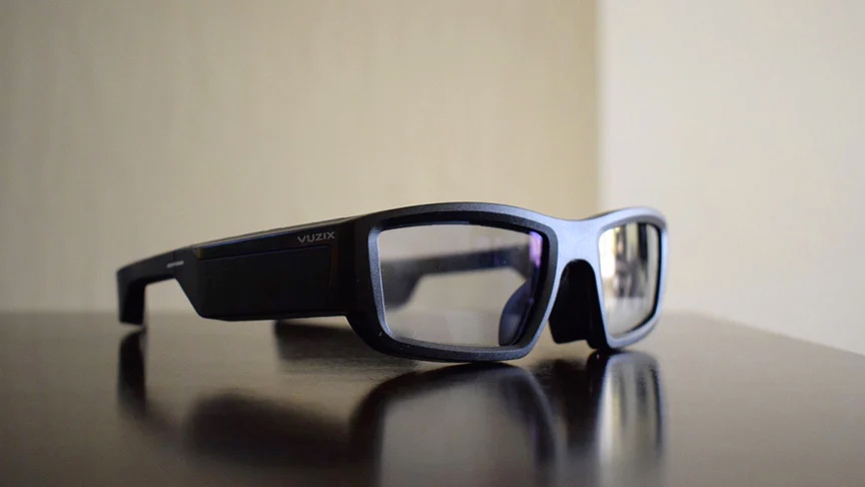
Buy now: vuzix.com | Price: $1,299.99
Vuzix remains one of the companies at the forefront of AR smart glasses, and the Blade 2 is a good distillation of its latest tech available to buy.
We think they're the first pair of really useful commercial AR glasses that actually look like a pair of glasses. And while they're obviously not as stylish as Ray-Bans, they're also not quite as goggle-like and concept-like as others on this list, either.
The best way to describe them is that they're a lot like the first generation of smartwatches. They're a good first step at getting a lot of advanced tech in a decent package.
The latest version use waveguide technology to project a full-color HD display over the right lens, with an 8-megapixel camera, 40GB internal memory, head tracking, stereo speakers, and Vuzix's voice control support all in tow, as well.
When we first got to try the standard Vuzix Blade a few years ago, the Vuzix app store wasn't exactly brimming with apps. Since then, some high-profile names have turned up. There's now Netflix, Zoom, Amazon Alexa, and even support for DJI drones.
With the Blade 2 running on Android 11 OS and support for both 2.4GHz and 5GHz Wi-Fi, as well, everything is just that little bit smoother.
Nreal Air
Nreal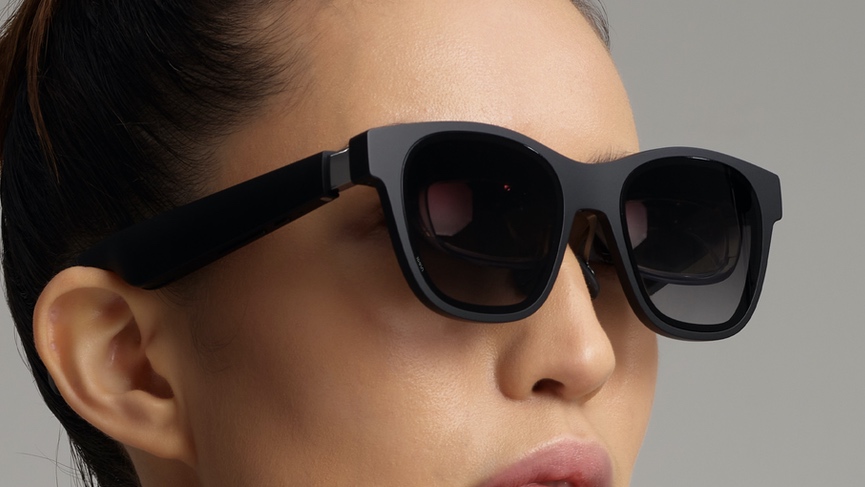
squirrel_12882360
Nreal's Air glasses are one of the most impressive pairs you can buy today, with AR smarts, casting, and the ability to act as a virtual desktop all on offer here.
Casting through the Air allows you to take your phone, games console, or PC and pump the display to the equivalent of 130 inches, while the virtual desktop (currently only available for M1 and M2 MacBook models) means that you can say goodbye to your monitor.
If it's the AR tech you're interested in, Nreal's Nebula app lets you dive into a ton of 3D games and AR experiences.
The catch with the Nreal Air is that you'll need the right compatible devices to take full advantage of what's on offer, but this is still much more functionality than we're used to experiencing from smart glasses.
Ray-Ban Stories
Ray-Ban
squirrel_12863464
The Ray-Ban Stories are the sum of a collaboration between Meta and luxury eyewear brand EssilorLuxxotica.
They pack dual 5-megapixel cameras to capture and share first-person videos, while also including speakers and microphones to listen to music and handle phone calls.
A single tap records up to 30 seconds of video, while a tap and hold will snap a picture. There are also hand-free controls, letting you make use of onboard microphones to say, "Hey, Facebook, take a video," if you don't want to reach up to your specs.
When you're recording or taking pictures, a small LED situated near the camera illuminates to indicate to those around you that you are in recording or snapping mode. And, on the listening front, the glasses feature two open-ear speakers to handle listening to audio playing from your phone or handling calls.
All of that tech is being wrapped up in some familiar Ray-Ban frames, which include the iconic Wayfarer, and should only add 5g over a non-smart pair of the glasses. There are 20 style variations in total, and they also support prescription lenses.
There's no AR tech here, obviously, but Meta CEO Mark Zuckerberg has said that the Ray-Ban partnership is destined to yield AR specs in the future. Exciting.
Amazon Echo Frames (2nd Gen)
Amazon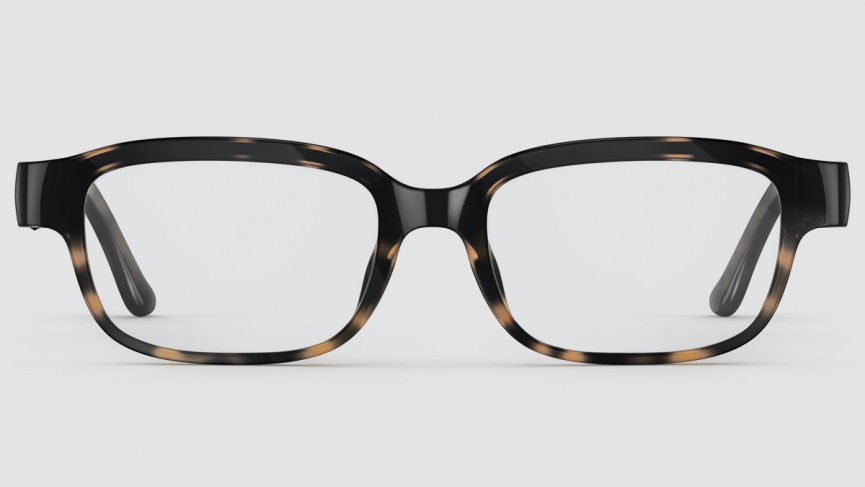
squirrel_12863465
The Echo Frames 2 are Amazon’s latest effort to put the Alexa voice assistant directly on your face.
Unlike more advanced glasses, there's no AR tech here, but they do provide Alexa feedback via four directional speakers built into each stem.
You can talk to the smart assistant if you want to control your smart home, get notifications, make calls or listen to music – all without the people around you hearing the responses.
The glasses themselves are made from carbon fiber and titanium, which make them a lightweight pair of glasses to wear, and they're also rated IPX4 for fending off sweat and water and are splash-resistant.
The second-gen Echo Frames can also adjust the volume of content and feedback based on the ambient environment, with battery life being upped by 40% from the original glasses.
The result of this means the Frames can achieve roughly about 60 minutes of music, 30 minutes of phone calls, and 120 incoming notifications over a 14-hour period.
Snap Spectacles 3
Amazon
squirrel_12863466
Snap has newer, 4th Gen specs that we've detailed below, but the third-generation glasses are still the latest edition you can actually buy.
Featuring dual HD cameras and 3D AR features, the Spectacles 3 are available in two colors – cobalt (black) and mineral (rose gold). There's also a charging case to keep the spectacles powered up in between your shooting.
The camera quality is much improved from the first two generations, allowing you to take advantage of 3D filters, effects, and lenses for your footage and photos.
These photos will sync automatically to your phone and you can also take 3D photos, too.
Meanwhile, the cameras will record 3D footage at 60fps, with 4GB of onboard storage storing around 100 videos (or 1,200 photos).
At just shy of $400, however, these are a pair of smart specs that do not come cheap.
Vue Lite 2
Vue
Buy now: vueglasses.com | Price: From $179
Vue's prescription glasses and sunglasses are the product of a $2m Kickstarter campaign way back in 2017.
Fast forward to 2023, and the company's second-gen connected specs are now available in glasses and sunglasses form, with a whole host of comfortable styles and prescriptions to pick from.
There's no AR here, though. Instead, the Vue Lite 2 harness directional speakers to allow you to put the headphones to one side and listen to music or take calls in more of an open-ear style.
Battery life is slated at five hours in continuous use and three days in standby mode, with the option to buy a charging case that will also store the specs.
You can read our Vue Lite 2 review to see how we got on with the latest pair of Vue smart glasses.
Lenovo ThinkReality A3
Wareable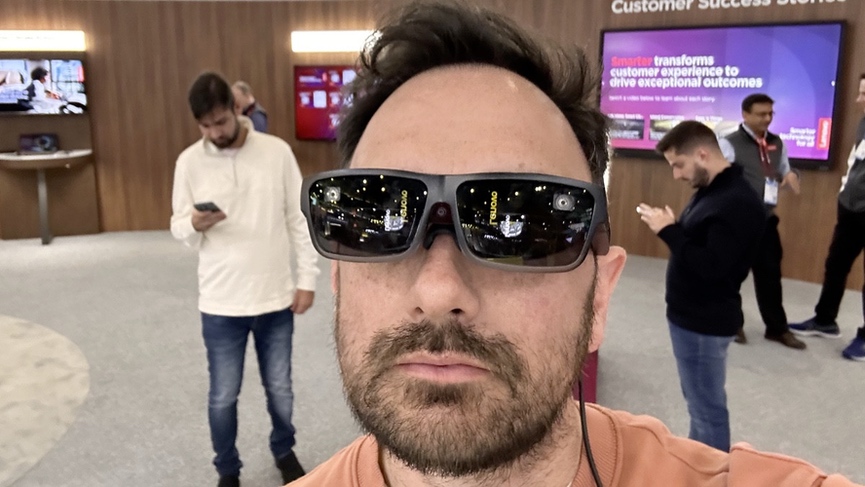
Buy now: lenovo.com | Price: $1,499 / £1,430
These Lenovo smart goggles were unveiled way back in January 2021 and are made to be on the faces of people at work, whether that's in a lab or in a shop.
When connected to a phone or PC, the chunky-looking A3s project stereoscopic 1080p resolution displays and can offer support for working or viewing up to 5 virtual displays.
That's all powered by Qualcomm's Snapdragon XR1 platform to deliver that augmented experience.
The frames on the glasses can be modified to make them better suited to working environments where you need a more robust design and it also finds room for an 8-megapixel RGB camera for shooting video.
When we tested the glasses at MWC 2023, we found we could still see – or at least could be vaguely aware of – much of the world around us. If someone was to walk up to your desk while we were using this at work, you'd be aware.
In terms of the build, though, it was extremely heavy on the bridge of the nose, and not something well-suited to long periods of wear.
If you want a pair for enterprise purposes, you're also going to have to spend a sizeable amount to get them on your face.
Engo 1
Engo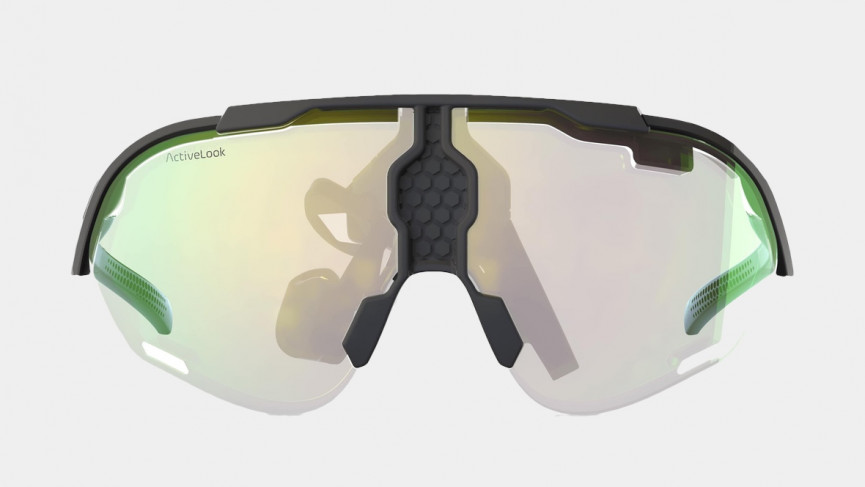
Buy now: engoeyewear.com | Price: $400 / £330
Engo might not be a household name in the tech space, but it's managed to build these sporty glasses for runners, cyclists, and triathletes that are capable of projecting real-time stats onto an AMOLED microdisplay planted into photochromic lenses.
That data comes through the ability to pair it up to devices including Garmin watches, bike sensors like power meters, and smartphones.
That can include distance covered, speed, power, and heart rate, and you can also tinker with data screens to make sure you see the data you care about most when you're out running or riding.
There are even gesture controls to let you change screens with a wave of the hand - all backed up by 12 hours of battery life and 100% UV protection to make sure your eyes are guarded when you're training out in the glorious sunshine.
The cheaper Engo 2 is now available to buy, as well, and we'll be updating this section when we've had the chance to test it out.
Upcoming smart glasses
As we mentioned up top, this is currently a very experimental area of the tech industry, and the smart glasses market is still proving to be quite small.
It all means that brands are mostly still just toying with concepts, slowly progressing their technology, and trying to gauge interest. All this means there are plenty of glasses not ready for store shelves.
Below, we'll run through some of the official concepts that are essentially paving the way for a more developed consumer product to arrive over the next few years.
Oppo Air Glass
Wareable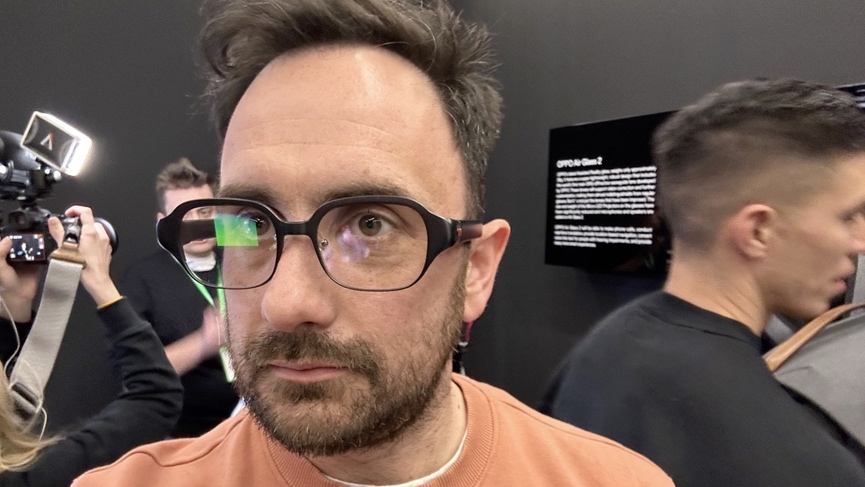
Release date: TBC
Following the original Oppo Air Glass that launched back in 2021, we got the chance to test the second iteration of this glasses concept shortly after it was announced at MWC in February 2023.
In terms of design, we don't think it gets much better at the moment. The Oppo Air Glass 2 look like a proper pair of specs, and though they are a bit too big and heavy, they could certainly pass for normal eyewear.
It doesn't quite match up as an actual AR device just yet, however. In our demo, the viewing area felt quite far away and difficult to focus on, and the text itself we were reading was quite low-res.
The control did at least work well, with swiping on the left-side arm of the glasses moving the text.
Not one we're totally convinced about after a short test, but still a pair of glasses we're interested in seeing develop over the next year or so.
We may even see a full launch next year - but don't get your hopes up.
Xiaomi Wireless AR Glass Discovery Edition
Wareable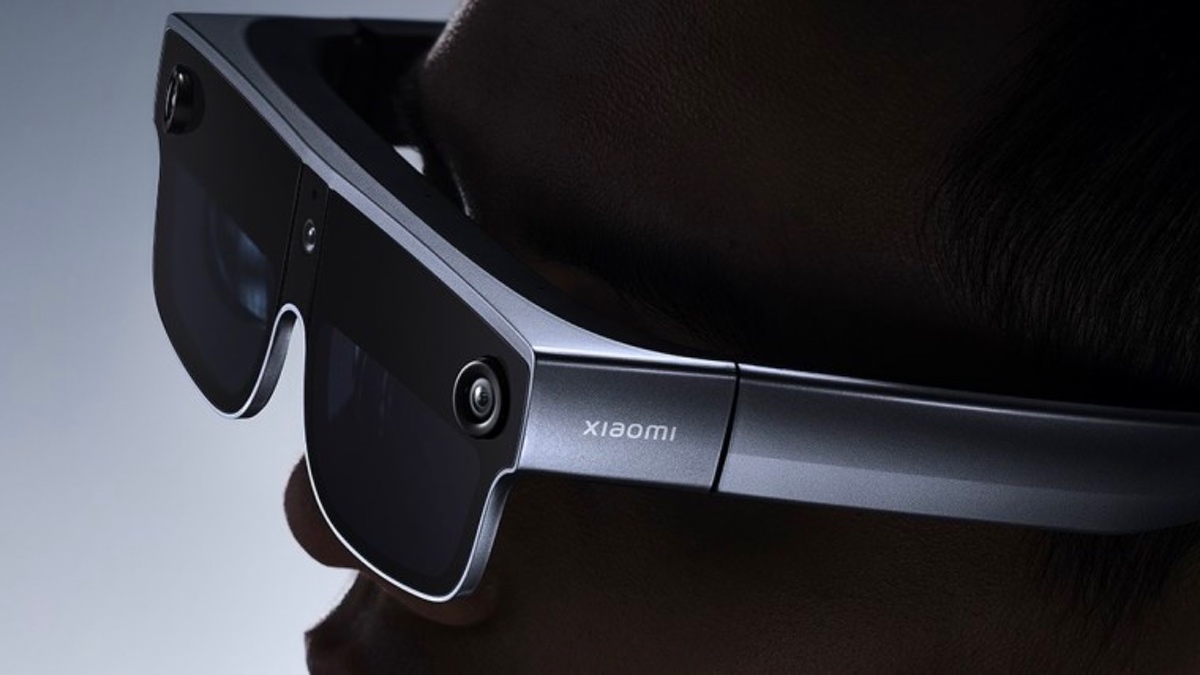
Release date: TBC
Xiaomi revealed its latest concept back at MWC 2023, and it's a bit of a mouthful - these are the Xiaomi Wireless AR Glass Discovery Edition.
It's only been around 18 months since we witnessed the company reveal its last AR glasses concept - the Xiaomi Smart Glasses - and the follow-up here are lightweight goggles that build in the Qualcomm Snapdragon XR2 Gen 1.
The 126g device is also wireless, as the name suggests, with Xiaomi building it from magnesium-titanium alloy and carbon fiber. It's also touting the 'retina-level' Micro-OLED displays - one for each eye - that can deliver visuals at a peak brightness of 1,200 nits.
These appear to be just a concept for now, however, with no official line on pricing or availability. Stay tuned for more on this one.
Snap Spectacles AR (4th Gen)
Snap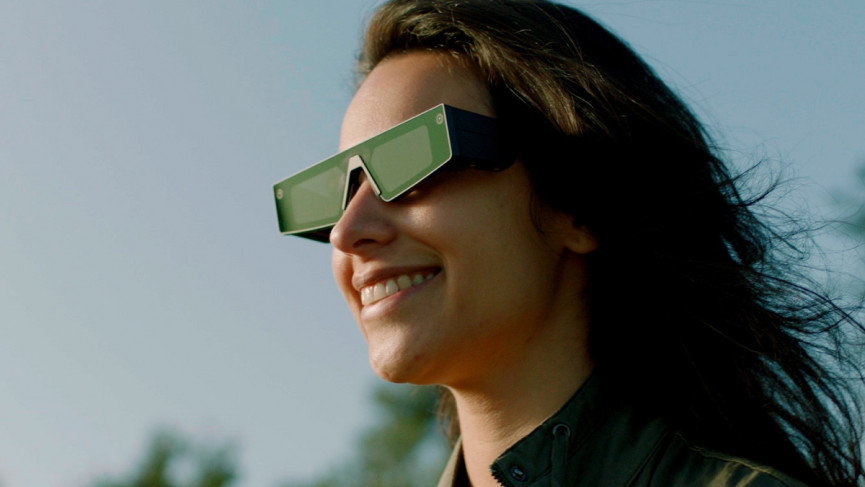
Release date: Not for general sale
Snap Spectacles AR represents a bit of a different beast from what we've seen from the other generations of smart glasses, with the company jumping into AR for the first time.
Under the hood, there's Qualcomm's Snapdragon XR1 processor powering performance. And while the field of view is just 26.3 degrees, the Snap Spatial Engine allows for six degrees of freedom. This enables you to move around and the visuals overlay in your space.
There are also two RGB cameras and a touchpad on the arms, and the glasses weigh just 134g. The battery life is limited to just 30 minutes, though, which is probably one of the reasons why this one isn't for sale.
Instead, they're being offered to developers and Snap creators to figure out what they can best be used for.
Nearly two years since their initial reveal, however, we've not heard anything significant about them.
How we test
